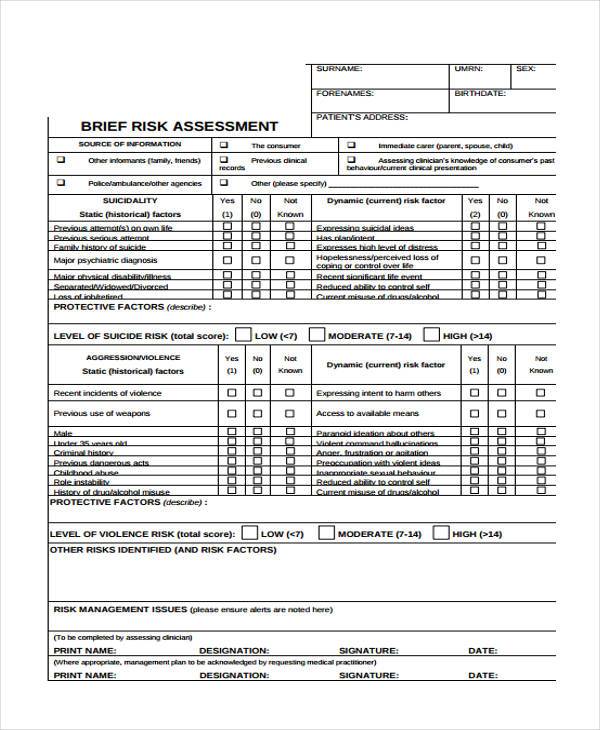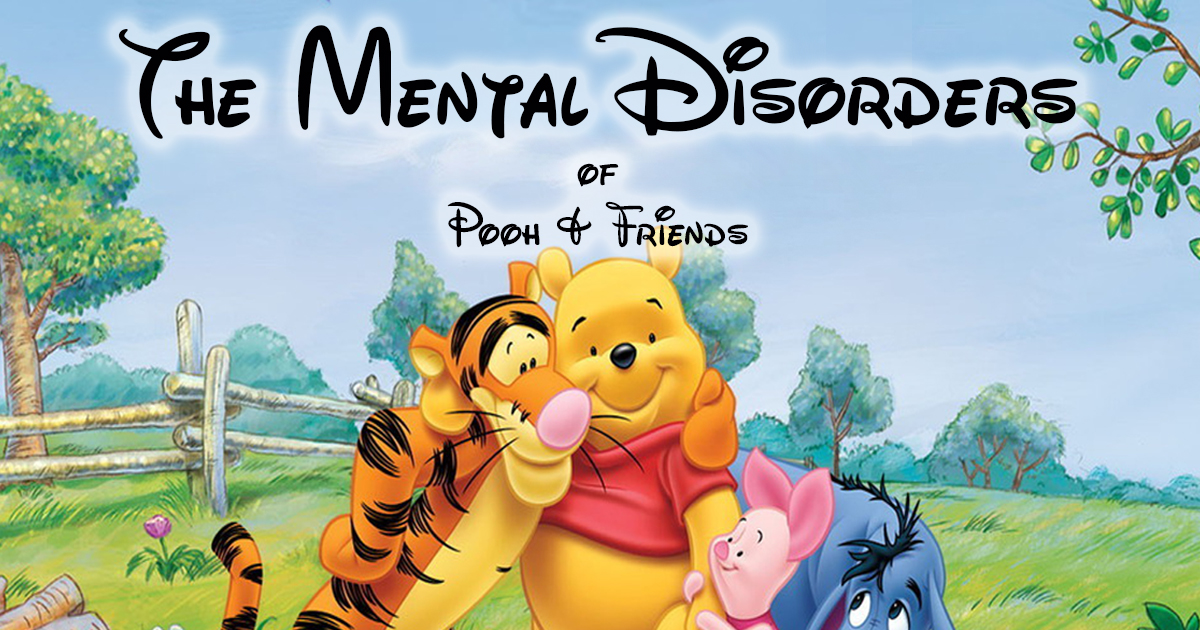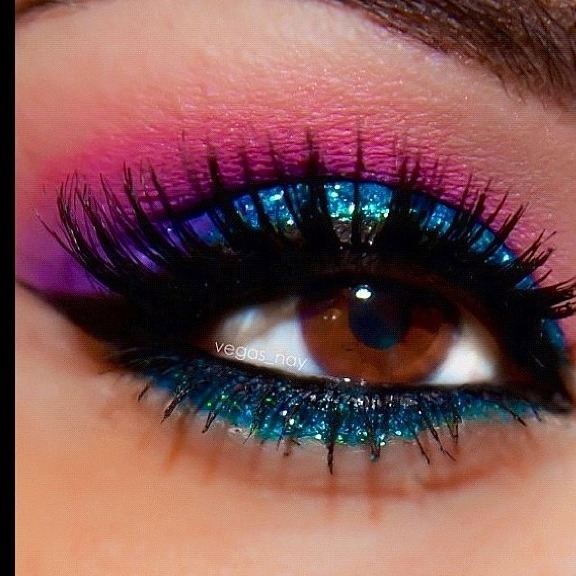Your Different bipolar disorders images are ready in this website. Different bipolar disorders are a topic that is being searched for and liked by netizens today. You can Download the Different bipolar disorders files here. Get all royalty-free vectors.
If you’re searching for different bipolar disorders images information connected with to the different bipolar disorders topic, you have visit the right blog. Our website always gives you hints for seeing the highest quality video and picture content, please kindly hunt and find more informative video content and images that fit your interests.
Different Bipolar Disorders. As a result, some people with type 1. However, this is a controversial topic because children can appear to go through mood. This feature of bipolar i—it is a feature of all mood disorders—makes it. Skip to main content check your symptoms
 Pharmacotherapy of treatmentresistant schizophrenia a From ebmh.bmj.com
Pharmacotherapy of treatmentresistant schizophrenia a From ebmh.bmj.com
As a result, some people with type 1. The key difference between bipolar disorder and borderline personality disorder is that while people with bipolar disorder experience uncharacteristic highs (mania) or lows (depression). A look at the different types of bipolar disorder, including bipolar i, bipolar ii, cyclothymic disorder, mixed bipolar, and rapid cycling. Presence of severe manic episodes usually followed by episodes of depression. This type of duality is exemplified in the dsm diagnostic system, with unipolar and bipolar disorders categorized as separate branches on the mood. Bipolar i is often a relapsing and remitting illness, meaning that its symptoms come and go.
Bipolar disorder commonly runs in families:
We define a patient as a rapid cycler when they have an average of about four episodes in a year. Bipolar disorder is a category that includes three different diagnoses: There are three main types — bipolar i disorder, bipolar ii disorder, and cyclothymic disorder — each with different characteristics. Bipolar disorder in children is different than bipolar disorder in adults, and is known as pediatric bipolar disorder. Different types of bipolar disorder. Bipolar disorder i is the traditionally diagnosed condition with observable mania and the typical lows of major depression.
 Source: sampleforms.com
Source: sampleforms.com
This feature of bipolar i—it is a feature of all mood disorders—makes it. Involves at least one episode of hypomania and an episode of depression. The key difference between bipolar disorder and borderline personality disorder is that while people with bipolar disorder experience uncharacteristic highs (mania) or lows (depression). This type of duality is exemplified in the dsm diagnostic system, with unipolar and bipolar disorders categorized as separate branches on the mood. Bipolar i, bipolar ii, and cyclothymic disorder.
![Mental Health by the Numbers [INFOGRAPHIC] Mental Health by the Numbers [INFOGRAPHIC]](https://www.psychiatryassociatesofbatonrouge.com/hs-fs/hubfs/Psych_Mental_Infographic.jpg?width=1200&name=Psych_Mental_Infographic.jpg) Source: psychiatryassociatesofbatonrouge.com
Source: psychiatryassociatesofbatonrouge.com
There are three main types of bipolar disorders (see table 7): As a result, some people with type 1. 80 to 90 percent of individuals with bipolar disorder have a relative with bipolar disorder or depression. Bipolar disorder is a category that includes three different diagnoses: Involves at least one episode of hypomania and an episode of depression.
 Source: psychologytoday.com
Source: psychologytoday.com
Most people experience depression as well. As a result, some people with type 1. Presence of severe manic episodes usually followed by episodes of depression. The key difference between bipolar disorder and borderline personality disorder is that while people with bipolar disorder experience uncharacteristic highs (mania) or lows (depression). Bipolar disorder ii refers to a less severe form of bipolar depression with fluctuations between depression and hypomania.
 Source: strongmindbraveheart.com
Source: strongmindbraveheart.com
However, this is a controversial topic because children can appear to go through mood. Bipolar disorder ii refers to a less severe form of bipolar depression with fluctuations between depression and hypomania. There are three main types — bipolar i disorder, bipolar ii disorder, and cyclothymic disorder — each with different characteristics. Bipolar disorder is a category that includes three different diagnoses: Presence of severe manic episodes usually followed by episodes of depression.
 Source: top10homeremedies.com
Source: top10homeremedies.com
There are three main types — bipolar i disorder, bipolar ii disorder, and cyclothymic disorder — each with different characteristics. Bipolar disorder commonly runs in families: Involves hypomania and mild symptoms of depression (not a full episode of depression) experienced. A case study example of how comorbid bipolar and aod use disorder may present is illustrated in box 3. The range of mood changes can be extreme.
 Source: ebmh.bmj.com
Source: ebmh.bmj.com
80 to 90 percent of individuals with bipolar disorder have a relative with bipolar disorder or depression. Bipolar disorder i is the traditionally diagnosed condition with observable mania and the typical lows of major depression. Bipolar disorder is a mood disorder, and the diagnostic and statistical manual of mental disorders currently lists five types: Bipolar i, bipolar ii, and cyclothymic disorder. Bipolar 1 disorder means you will have had at least 1 episode of extreme highs (mania) lasting more than 1 week.
 Source: healthline.com
Source: healthline.com
It can cause unusual, often extreme and fluctuating changes in mood, energy, activity, and concentration or focus. However, this is a controversial topic because children can appear to go through mood. Different types of bipolar disorder. This type of duality is exemplified in the dsm diagnostic system, with unipolar and bipolar disorders categorized as separate branches on the mood. Bipolar disorder is a mood disorder, and the diagnostic and statistical manual of mental disorders currently lists five types:
 Source: healthline.com
Source: healthline.com
Bipolar i is often a relapsing and remitting illness, meaning that its symptoms come and go. This type of duality is exemplified in the dsm diagnostic system, with unipolar and bipolar disorders categorized as separate branches on the mood. However, this is a controversial topic because children can appear to go through mood. Bipolar 1 disorder means you will have had at least 1 episode of extreme highs (mania) lasting more than 1 week. Bipolar disorder i is the traditionally diagnosed condition with observable mania and the typical lows of major depression.
This site is an open community for users to do sharing their favorite wallpapers on the internet, all images or pictures in this website are for personal wallpaper use only, it is stricly prohibited to use this wallpaper for commercial purposes, if you are the author and find this image is shared without your permission, please kindly raise a DMCA report to Us.
If you find this site convienient, please support us by sharing this posts to your own social media accounts like Facebook, Instagram and so on or you can also save this blog page with the title different bipolar disorders by using Ctrl + D for devices a laptop with a Windows operating system or Command + D for laptops with an Apple operating system. If you use a smartphone, you can also use the drawer menu of the browser you are using. Whether it’s a Windows, Mac, iOS or Android operating system, you will still be able to bookmark this website.





